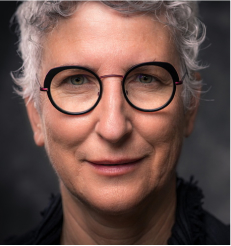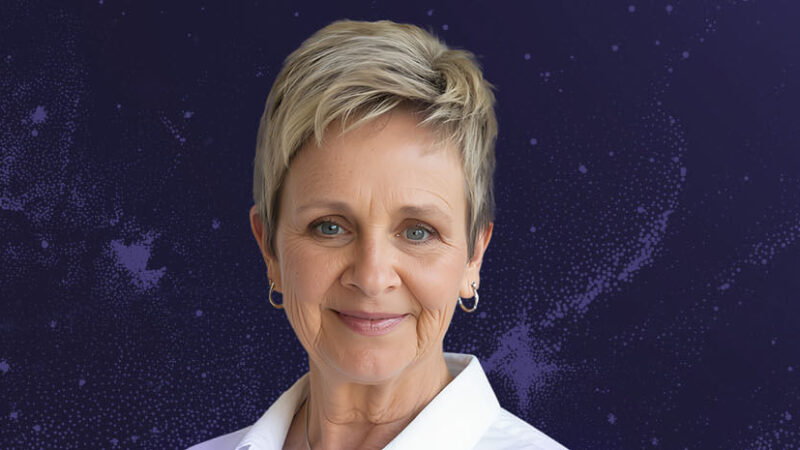Tami Simon speaks with Rabbi Rami Shapiro, an award-winning author of more than two dozen nonfiction books, whose poems and short stories have been anthologized in over a dozen volumes and whose prayers are used in prayer books around the world. A congregational rabbi for 20 years, Rabbi Rami will be a featured presenter at Sounds True’s 2013 Wake Up Festival in August. In this episode, Tami and Rabbi Rami speak about his early experiences of nonduality and how his nonduality teachings have evolved dramatically over time. They also talk about preparing for death, teachings and practices to help people “die into the arms of love,” and Rabbi Rami’s unusual take on the practice of forgiveness. (67 minutes)
See Rabbi Rami Shapiro live in August 2013. Visit WakeUpFestival.com for more information.









